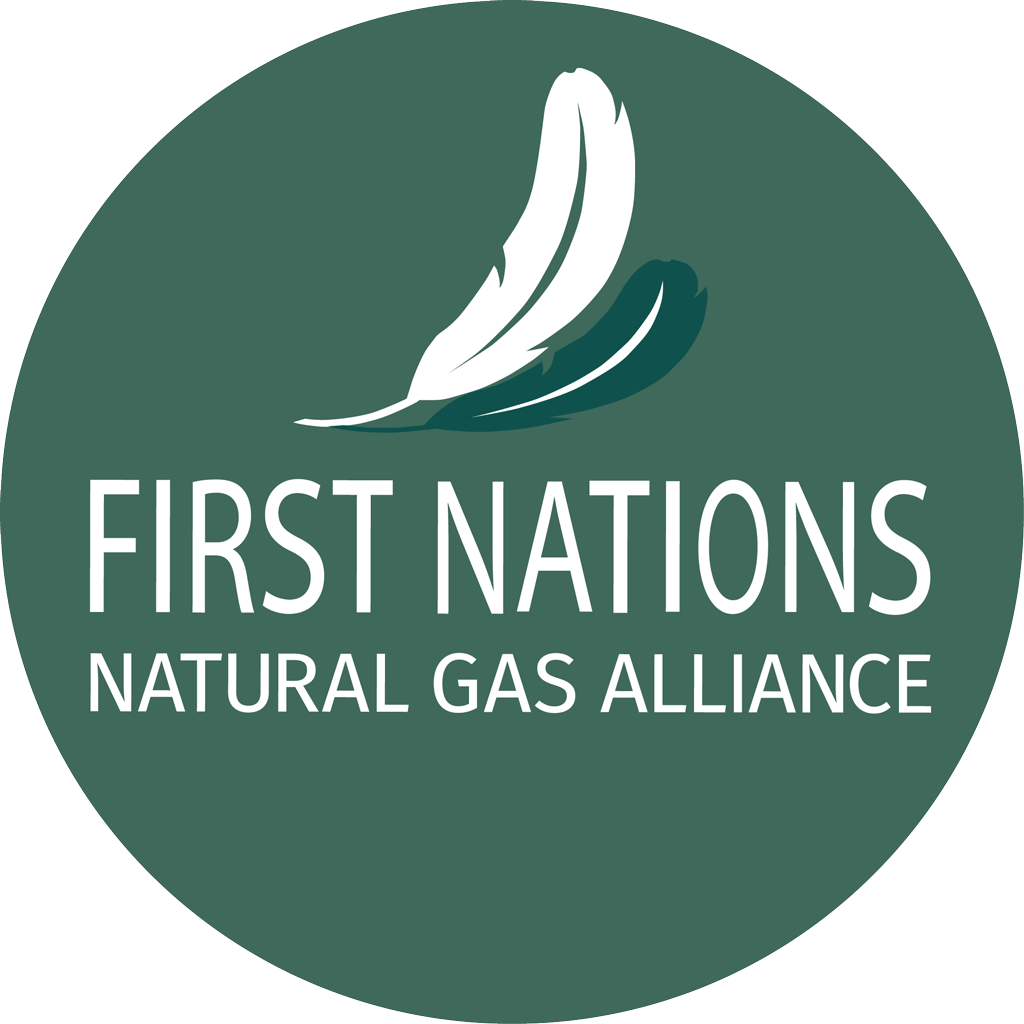
US President Donald Trump is pushing for development of a major natural-gas pipeline in Alaska, and an LNG-for-export plant at the southern end of it.
Interest in LNG from Alaska (which would compete with BC LNG for overseas buyers) has been expressed by Japan, Taiwan, South Korea and the Philippines, all of whom have previously spoken of getting LNG from BC. (Although South Korea’s long-term power plan is for a greater share for nuclear power and renewables, and less LNG, by 2038.)
Now potential Asian interest has been underlined by Trump’s recent meeting with Prime Minister Shigeru Ishiba of Japan, after which Trump said this:
“Japan will soon begin importing historic new shipments of clean American liquefied natural gas in record numbers. . . . We’re talking about a joint venture of some type between Japan and us having to do with Alaska oil and gas, and that’s very exciting. They’re very excited about it. So are we.”
While Trump used the word “soon,” the Anchorage Daily News in Alaska reported: “But plans for the $44 billion Alaska LNG project don’t call for exports of gas until 2031. And that’s if the project can be built at all.”
If the Alaska LNG project ever happens it would be a serious competitor for BC LNG exporters to Asian markets.
But will it happen?
An LNG-for-export project has long been aired for Alaska, but has long been dormant. Plans for an export terminal at Nikiski, in south-central Alaska, have been mothballed, and talks have been held about making it into, instead, an import terminal, to supply gas to a nearby ConocoPhillips oil refinery.
An export terminal would need a 1,298-km gas pipeline from gas fields in northern Alaska to a processing plant and marine terminal at Nikiski. The latest estimates put the pipeline cost alone at US$11 billion ($15.4 billion Canadian) and the bill for the whole project at US$40 billion ($56 billion Canadian).
The GeoPolitical Monitor points out: “The Alaska LNG pipeline is more expensive than other alternatives due to its remote location, frigid climate, and expensive overhead associated with its construction. The 800-mile pipeline must traverse harsh Arctic terrain, requiring costly engineering solutions to prevent permafrost damage, among other challenges.
“Unlike facilities in the US states of Texas and Louisiana, the Alaska LNG project would require entirely new liquefaction and export terminals, further driving up start-up costs. Additionally, labor and material expenses are significantly higher in Alaska compared to Texas and Louisiana due to its isolated geography.”
U.S. Senator Dan Sullivan has been urging Japan and other U.S. allies in Asia to back the Alaska LNG project, saying that if they were not interested in buying the gas, strategic rival China would be. He did not mention, however, that in response to U.S. tariff on imports from China, Beijing has imposed a 10% tariff on any imports of U.S. LNG.
Officials said Japan’s prime minister told Trump that he hoped Japan could participate in the Alaska LNG project. Trump repeatedly mentioned the project and Asia in his public remarks after the lunch. Ishiba did not, and there was no reference to it in the official readout of the talks.
And while Trump spoke of a “joint venture” with Japan on Alaska LNG, Bloomberg News reported: “(Asian) Governments are pledging support to the facility to appease Trump — while avoiding making binding commitments.”
Japan Petroleum Exploration (Japex) plans to acquire natural-gas assets, but says the Alaska LNG project is not a realistic investment proposition due to its unclear economics and large scale.
Japanese trading house Mitsui says it “could consider studying a project to liquefy natural gas in the U.S. state of Alaska, but no decisions have been made yet.”
So while Trump calls the project a national priority, talk of an Alaska LNG project is so far just that: talk.
Meanwhile, the Alberta government visited Japan to push sales of LNG from BC, and so did our Alliance. Along with Energy for a Secure Future Canada and the Institute of Energy Economics of Japan, our Alliance has signed an MOU to advance energy trade:
And Alberta’s environment minister, Rebecca Schulz, has been meeting officials, business lobbies and company representatives, including from JERA, Japan’s top LNG buyer, the Japan Gas Association, and others.
Says Schulz: “We see a huge amount of opportunity in expanding on our partnerships with Japan, and so that’s a main focus of our government.”
Posted here 24 February 2025
